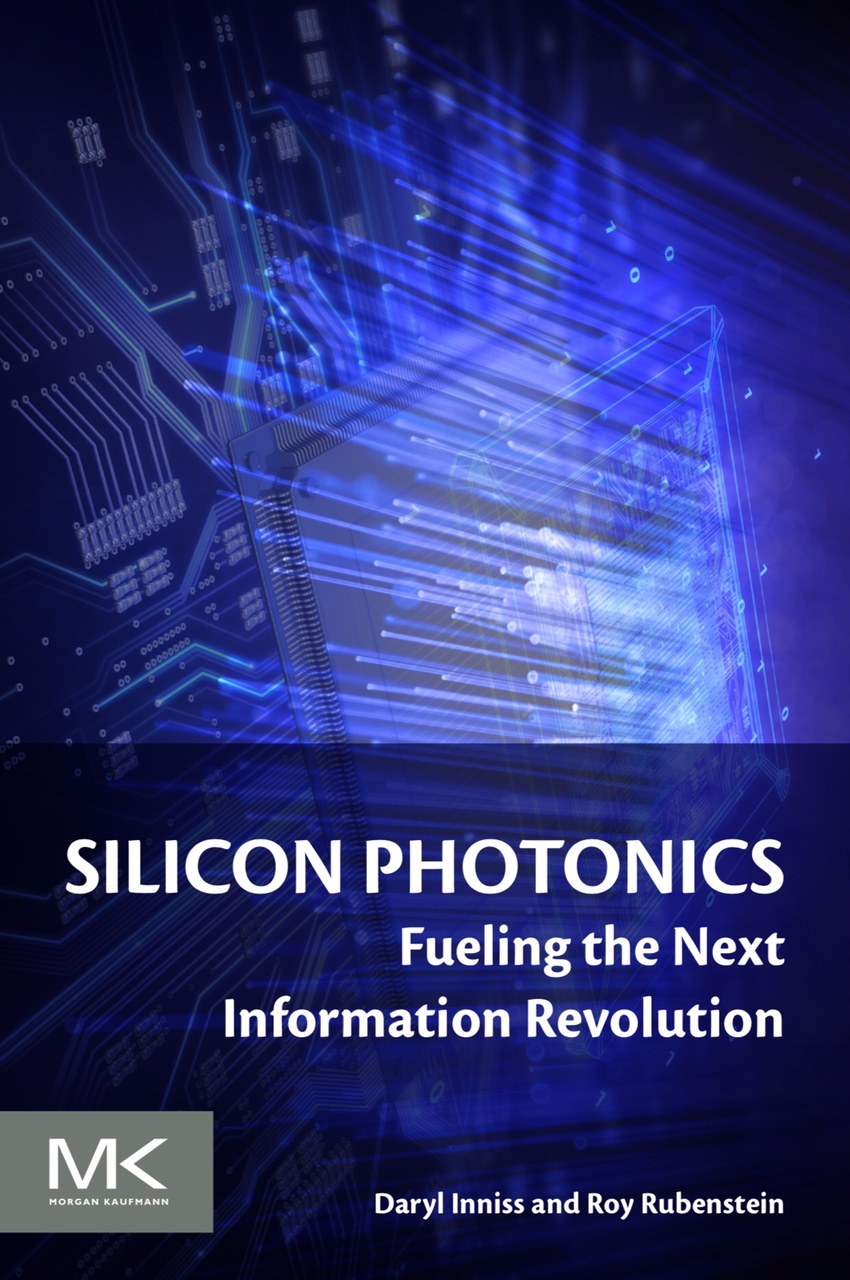Many companies that prepared for the OFC show in March had their plans thwarted due to the COVID-19 pandemic.
OFC did take place in San Diego despite all the hardships. But company withdrawals meant technology demonstrations were scrapped, press releases went unissued and stories left untold.
 Ferris Lipscomb
Ferris Lipscomb
Intel and Ranovus, for example, planned to fanfare their first co-packaged optics designs at OFC. Demonstrations to interested parties did occur but at their offices instead.
Equally, 800-gigabit coherent technologies from Ciena and Infinera would have been showcased at the show, as would industry organisations' interoperability demonstrations.
NeoPhotonics announced in January that it was sampling 400-gigabit coherent pluggable offerings in the CFP2 and OSFP form factors.
At OFC it was to show a QSFP-DD module implementing the 400ZR OIF coherent standard, thereby completing its 400-gigabit coherent portfolio.
“A lot of the planned demos involved inter-operation in customer switches with other modules,” says Ferris Lipscomb, vice president of marketing at NeoPhotonics. “Many of these demos are now being done in San Jose [its HQ in California] for customers coming individually.”
Click to read more ...
 Wednesday, July 8, 2020 at 3:52PM
Wednesday, July 8, 2020 at 3:52PM 





